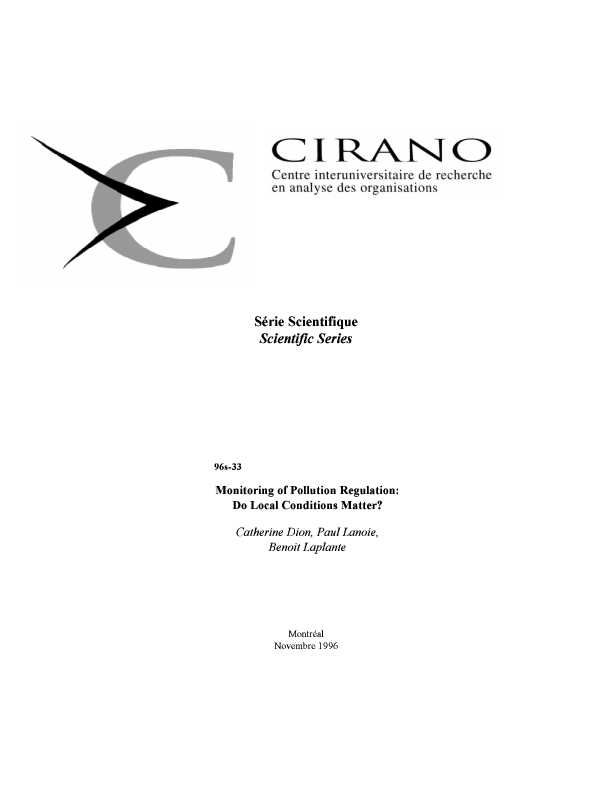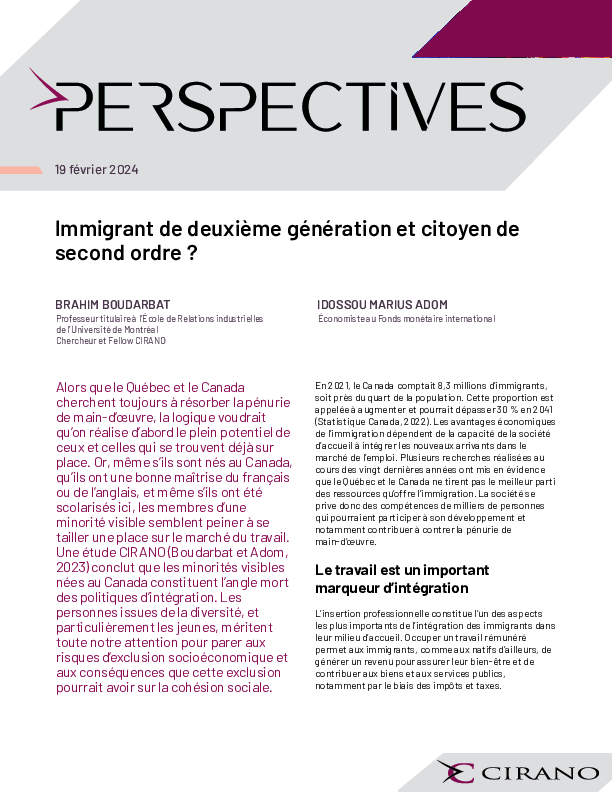Monitoring of Pollution Regulation: Do Local Conditions Matter
Economists have greatly criticized regulations that impose uniform environmental standards on plants which may differ in terms both of their marginal abatement cost and marginal damage functions. Such a critic ignores however that the implementation of the standards may vary significantly across plants thus giving rise in fact to non-uniform standards. The purpose of this paper is to analyze the determinants of the regulator's monitoring activities, and the factors which explains the decision to inspect or not to inspect a plant's environmental performance. We show that regulators are sensitive to environmental damages in their decision to inspect specific plants and that greater inspection effort, ceteris paribus, is allocated towards those plants whose emissions are likely to generate a higher level of damages. On the other hand, we also show that the behavior of the regulator is also a function of variables that may not be directly related to abatement cost and damages. In particular, we show that variables pertaining to local labor market conditions have an impact on the monitoring strategy adopted by the regulator. These results provide support to both the public interest and economic theory of regulation.
[ - ]




